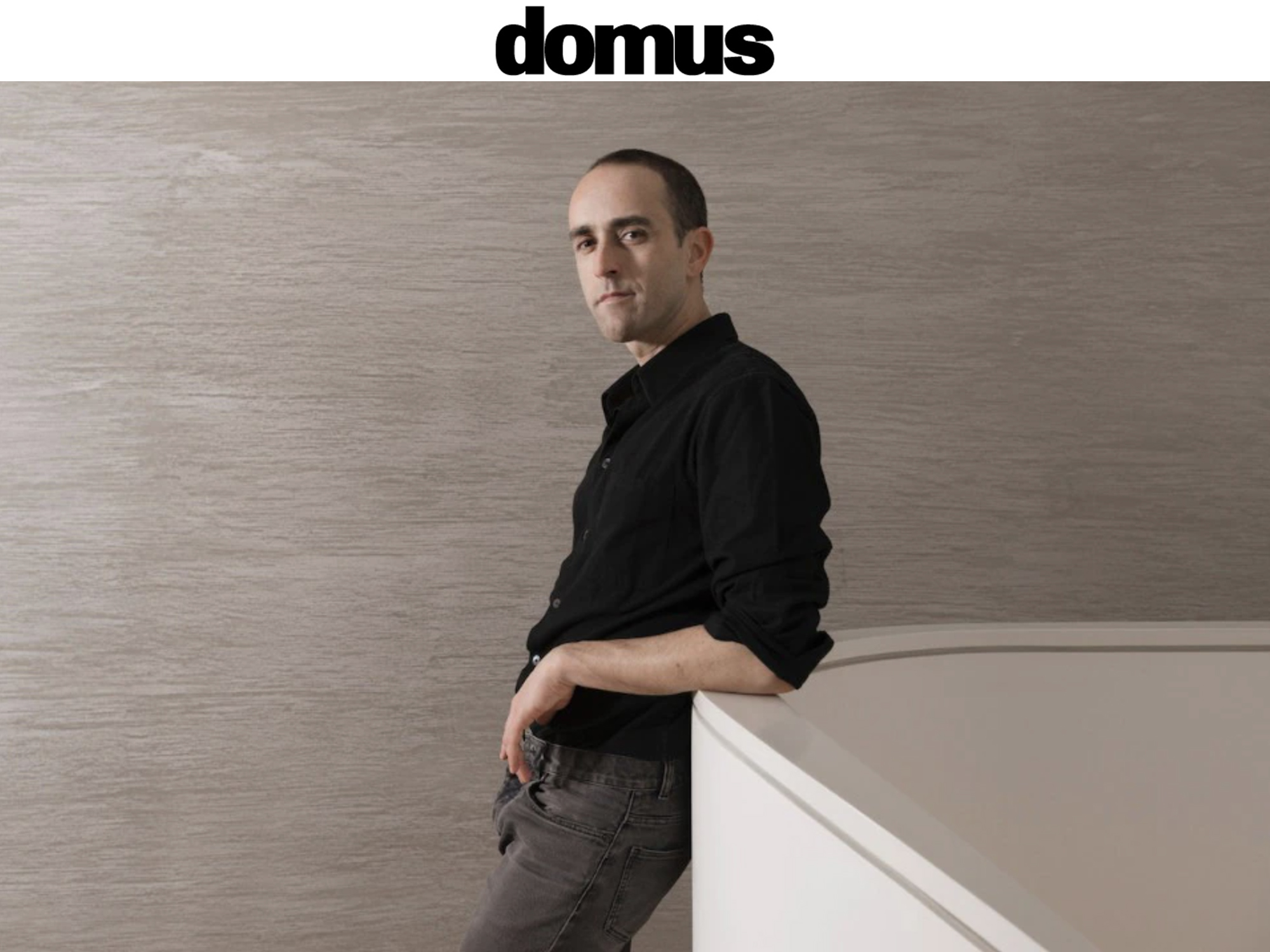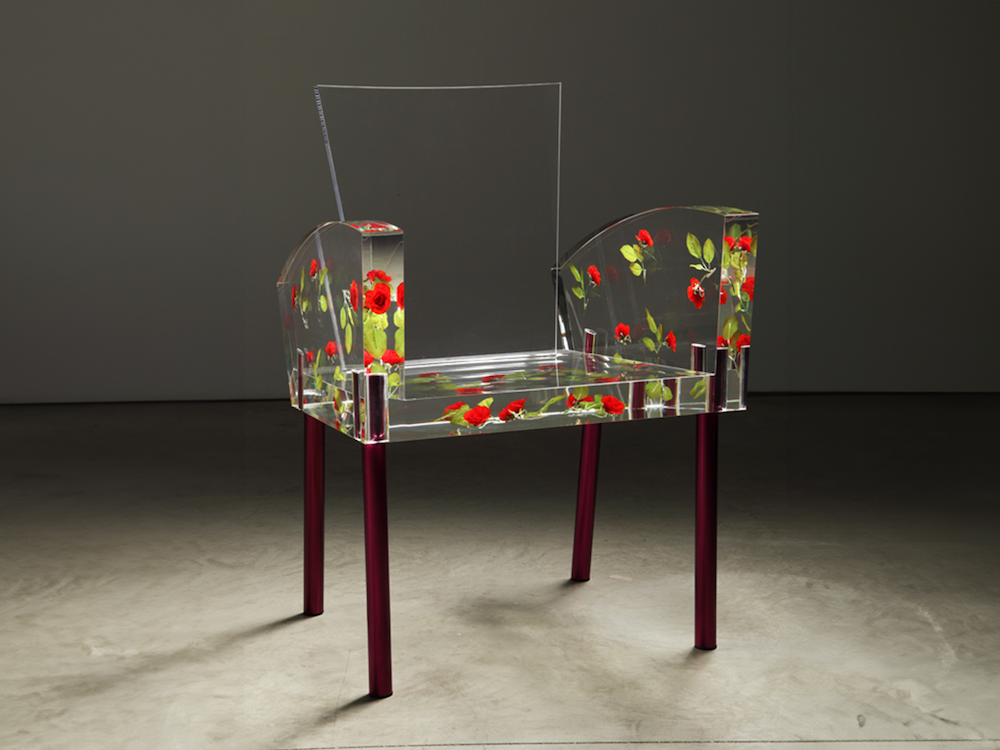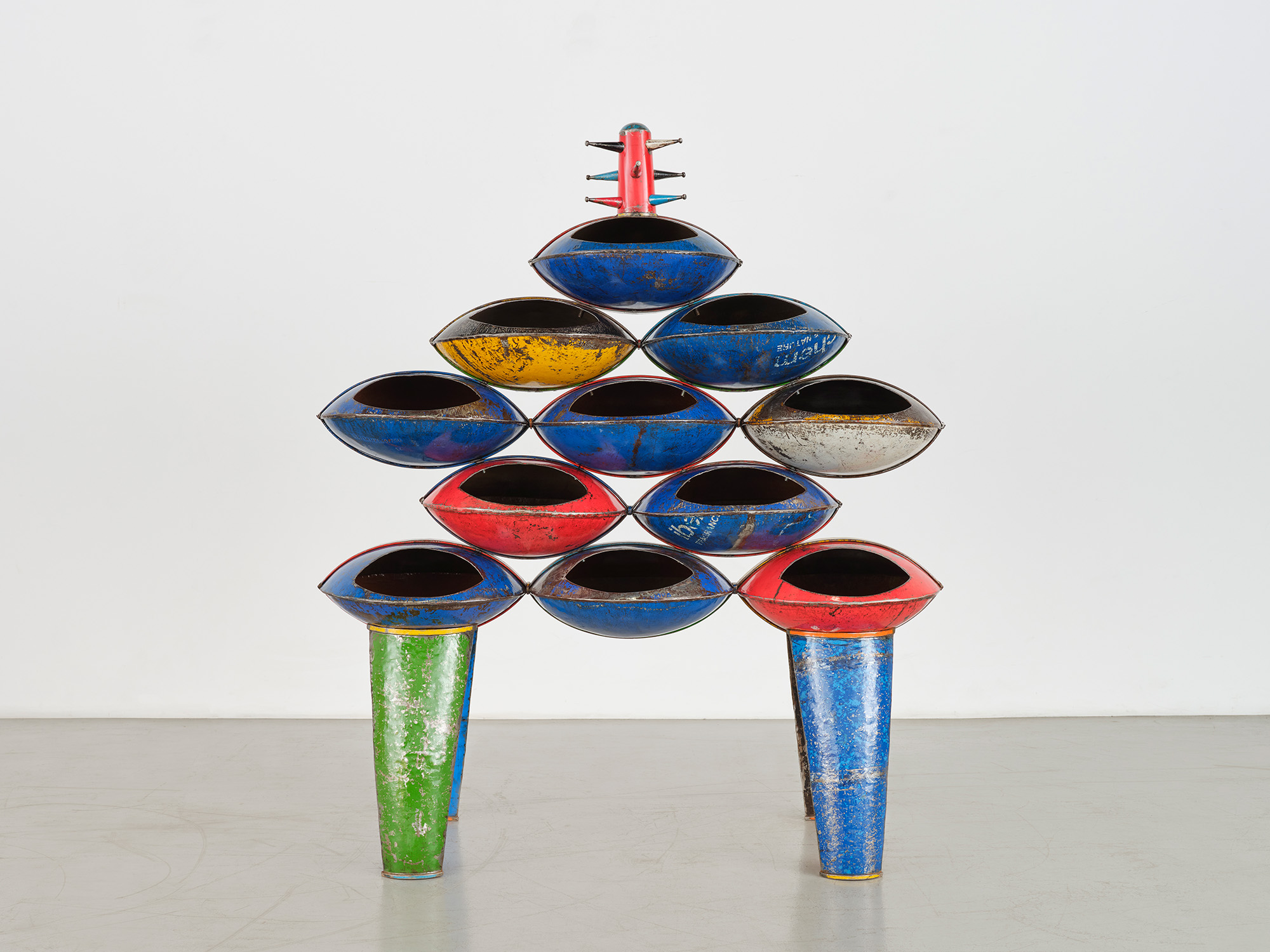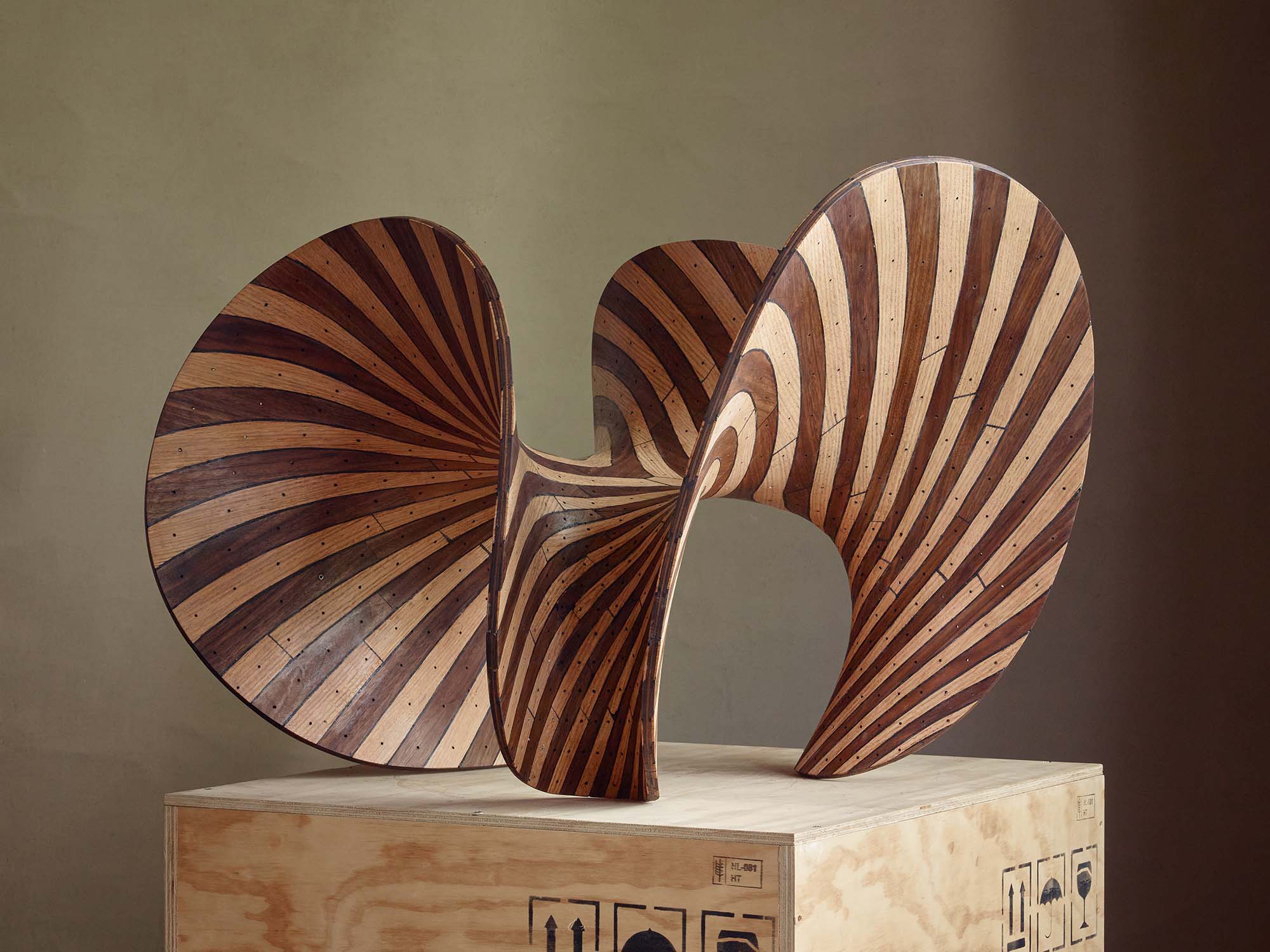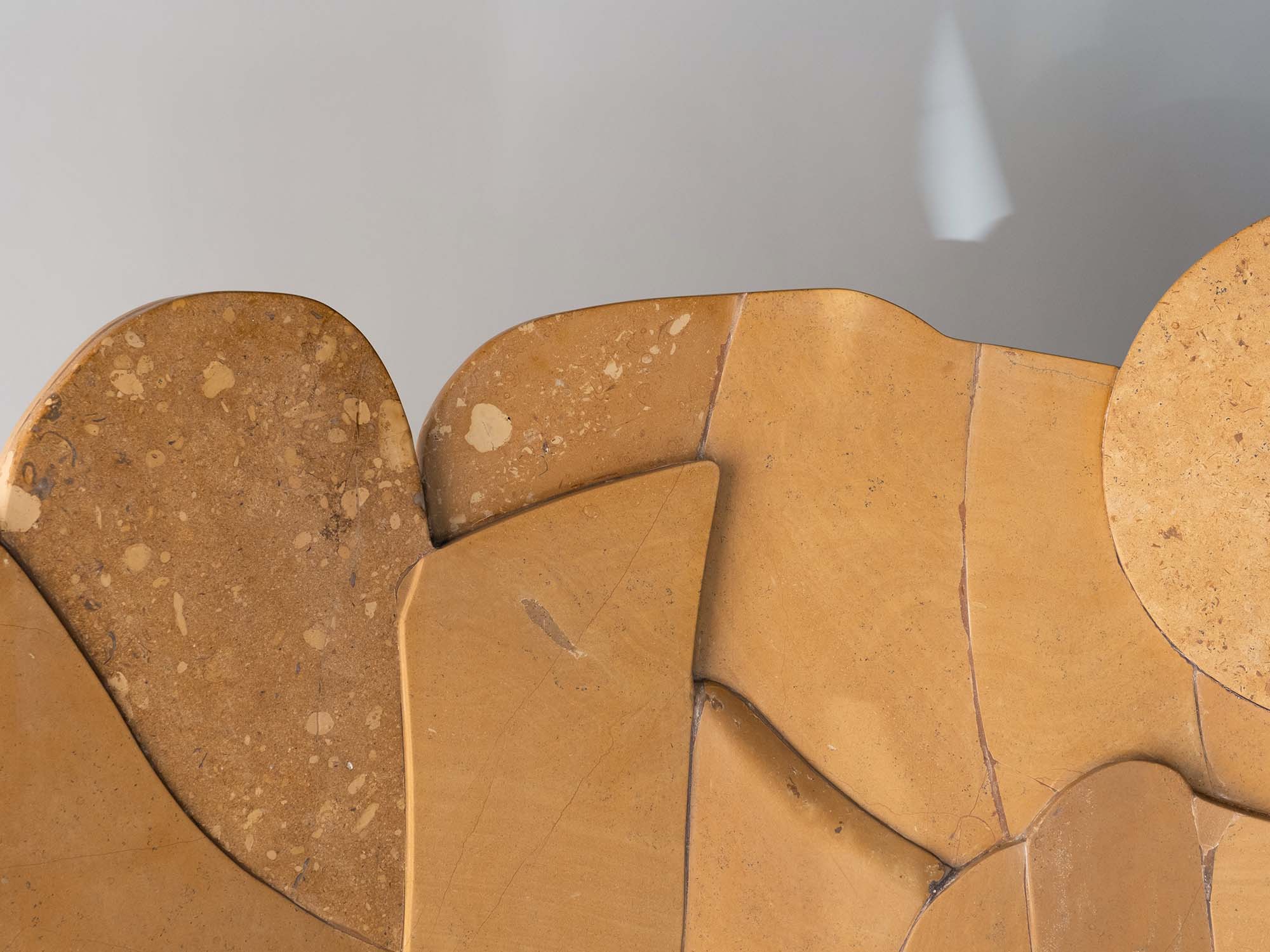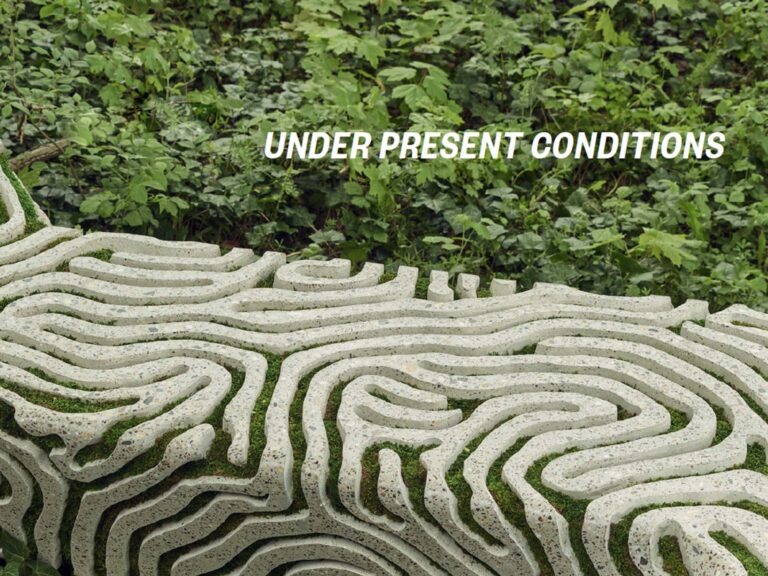By Paolo Briscese
Known as the “luxury artisan”, Raphael Navot is an interesting name in contemporary design. Israeli, born in 1977, he graduated from the Design Academy of Eindhoven in the Netherlands. Navot has always explored various ways to express his creativity, and likes to define himself as a versatile designer, with a multidisciplinary approach to the sector and to design. He moves with ease in interior design, associating artisan methods and contemporary savoir-faire, making made-to-measure furniture for each of his projects. And that’s not all. For the first time, with the French brand Roche Bobois, the designer has created a complete furniture collection characterised by organic forms that echo body language. We met him to learn first-hand about his creative and design universe.
How did you approach the world of design?
A series of events led me to become a designer. In reality I was looking for an Architecture School in Europe, and I came across the Design Academy of Eindhoven by chance. I immediately feel in love with the school. Huge white spaces, students from all around the world, teachers with a solid career behind them. The place couldn’t have been more attractive for me if it had tried. I realised that design was a sufficiently wide and varied field to allow me to grow.
What was the first object you designed?
I think it was a box. I was an adolescent, it was technically well-done but aesthetically horrible, because I tried to put as much detail into it as possible from all points of view; soft corners, complex hinges, metal covering and all kinds of ornamentations. I didn’t know where creativity ended and kitsch began. A part of my mental exercise was to know when to stop. This is still a challenge for me.
What fascinates you about this field of work?
One of the greatest aspects of this profession is that the objects, the furniture and the spaces are all used and experienced. Translating an idea into a physical element is a real pleasure, and the fact that the element is used in a positive manner further enhances that pleasure. Another interesting aspect is the possibility to tell a story, one that changes every time. So in reality, what these stories have in common is the values that we learn to protect a little better each time. I am still amazed by how many stories it is possible to bring to life.
From a creative point of view, how are your designs created? Where does your inspiration come from?
I tend to imagine that the spaces already exist, the designs already exist, and it is down to me to uncover them. This is true above all for interior design. I believe that space has its own will, that the environment has a wish it wants to achieve, that history gives us clues and that artisans hold another piece of this puzzle. My role is to accompany the owners in discovering what expressions best adapt to their space. In researching and defining the values to focus on, we come close to discovering the general DNA, and once this becomes clear, the space reveals itself in a fluid design process.
How would you define your style?
I reserve the right to change and evolve. This is why I am not sure that my style can be easily identified with a material or form. I place “the person” at the centre of my work, and so the items or spaces need to exist in relation to the body and inspire a welcoming atmosphere. I am fascinated by the various crafts, even though I am particularly attracted by natural materials such as wood and bronze. (Smiling) They age so well. I am highly sceptical of “trend”, I think it is a passing and superficial energy and I avoid quick ideas or tempting impulses that might throw me off track. I believe that in opting for timeless objects and spaces, we take more care of a truly sustainable future.
What is your relationship with raw materials? How does the relationship between material and design develop?
It is a very dynamic relationship because the characteristics of each material, once valorised with the available knowledge, offer countless options. I try to add rough and little-processed materials into the designs and push the boundaries of craftsmanship to the point in which it becomes excellence, without losing sight of what really counts. I am aware of new production methods and I respect them when they become essential, I have no need to go in search of what is “new” at all costs. There are many traditions and manufacturing methods that satisfy all the requirements, and with which we manage to create the best.
“I place ‘the person’ at the centre of my work, and so the items or spaces need to exist in relation to the body and inspire a welcoming atmosphere. I am fascinated by the various crafts, even though I am particularly attracted by natural materials such as wood and bronze.”
